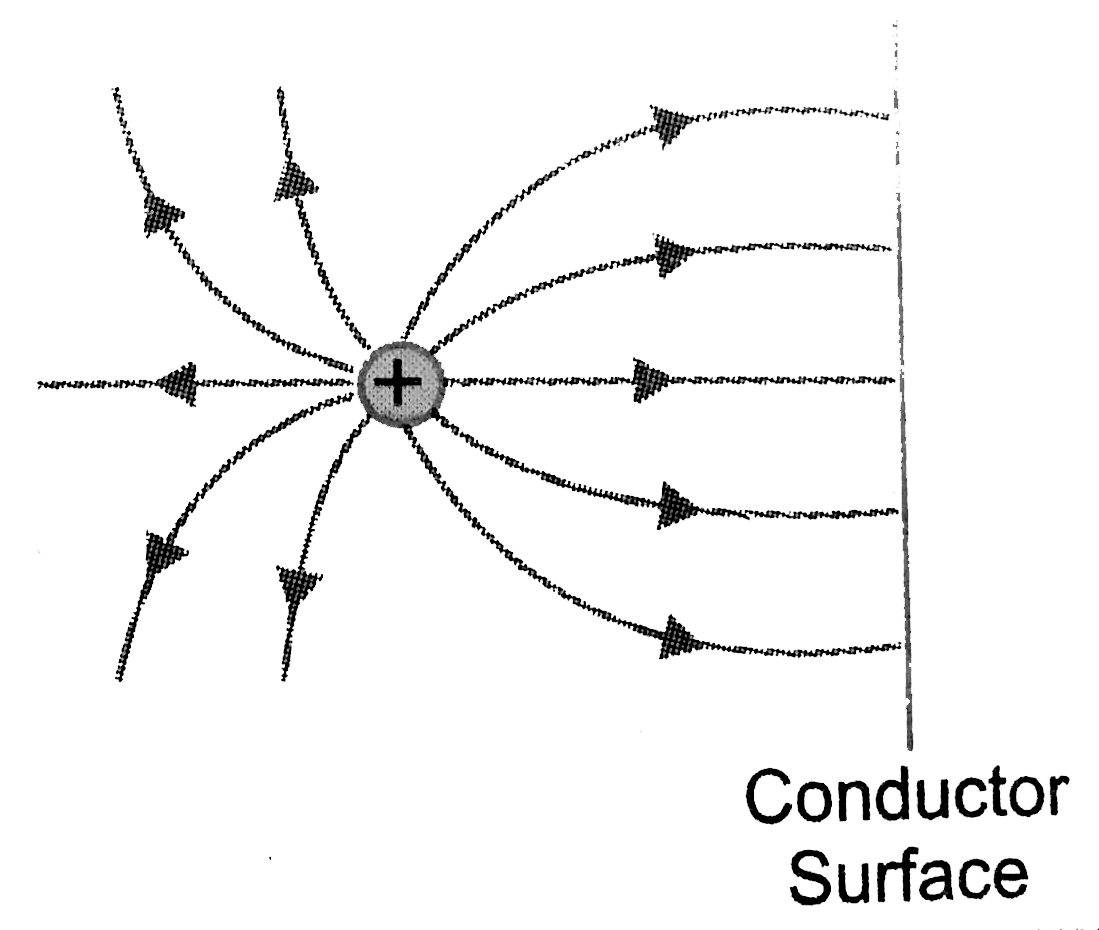Recommended Questions
- A point charge +Q is placed in the vicinity of a conducting surface....
01:44
|
Playing Now - A point charge +Q is placed in the vicinity of a conducting surface....
01:44
|
Play - A uniformly charged non-conducting spherical shell is given +q charge ...
01:27
|
Play - A positive point charge (+q) is kept in the vicinity of an uncharged c...
03:02
|
Play - A point charge +Q is placed in the vicinity of a conducting surface. D...
01:24
|
Play - विद्युत क्षेत्र रेखाएँ क्या होती हैं ? किसी बिंदु आवेश -Q के लिए 2 इन ...
05:35
|
Play - Explain why, for any charge configuration the equipotential surface th...
06:19
|
Play - A point charge +q is placed at a distance a from an isolated conductin...
04:35
|
Play - A point charge +Q is placed in the vicinity of a conducting surface. T...
03:55
|
Play
